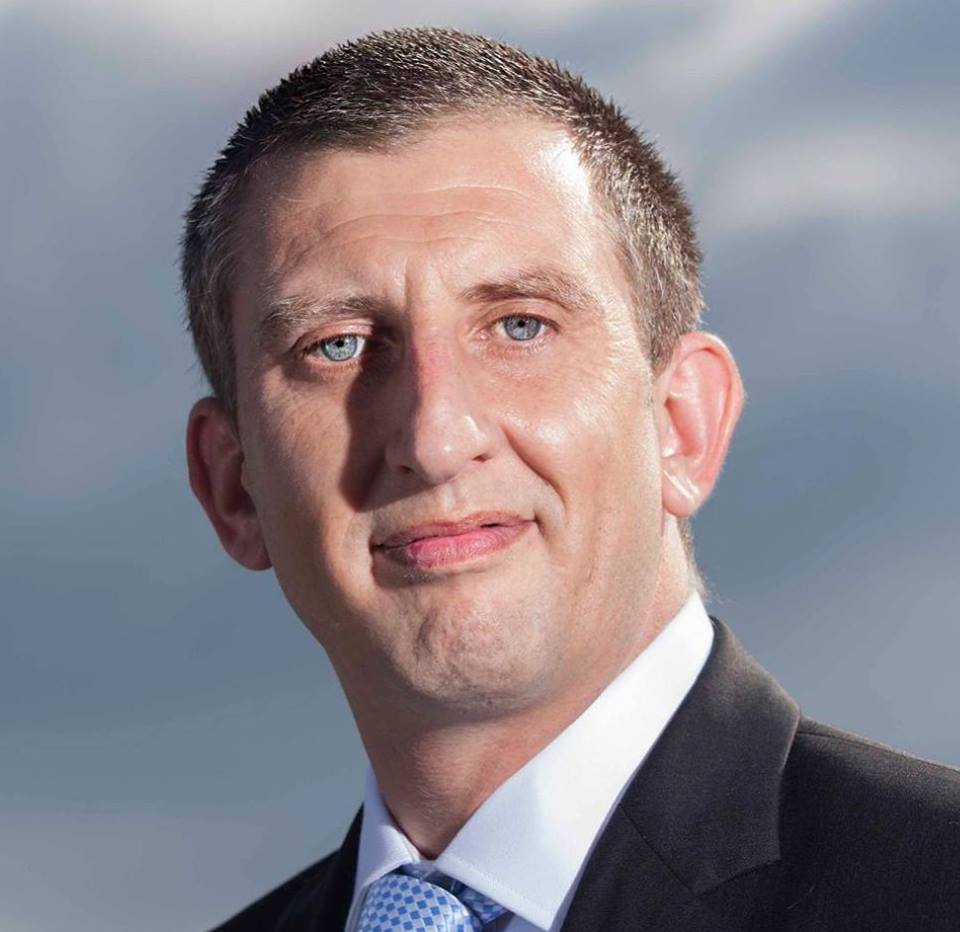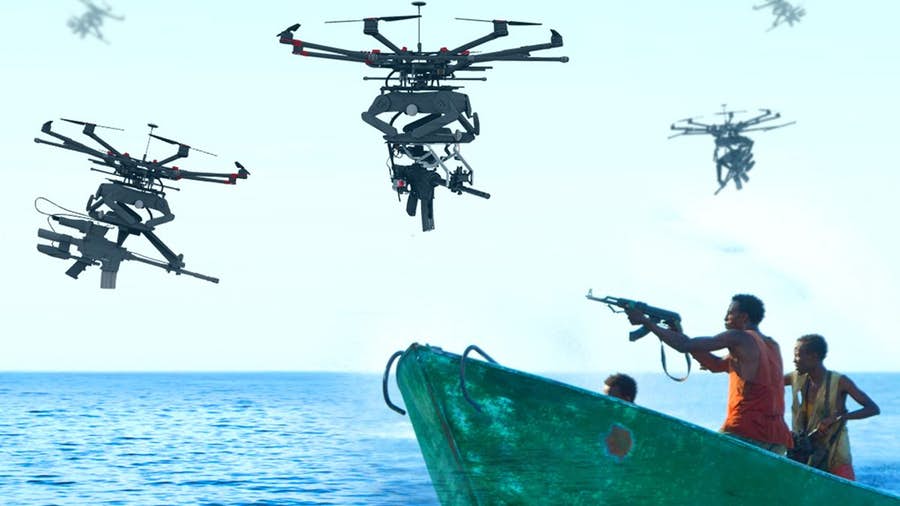The sound of a holster snap is as familiar to a police officer as the badge they pin on their uniform. Handguns, an officer’s trusty sidekick, have evolved significantly since their inception into police service. Let’s take a closer look at the various models, calibers, and the ongoing conversation about handguns in the hands of America’s law enforcement.

Revolvers: The Foundation of Police Firepower
The iconic .38 Special revolvers, with their reliability and straightforward mechanism, were a mainstay in early policing. Agencies trusted models like the Smith & Wesson Model 10 for its balance of power and pure reliability. It was battle proven, and officers trusted it with thir lives.
The New York Police Department (NYPD) was known for issuing the Smith & Wesson Model 10, a .38 Special revolver, as standard equipment for decades. Some confident officers even removed the front of the trigger guard for a faster shot. Look up the S&W Fitz for further info.
The Shift to Semi-Automatics: A New Era
As technology progressed, semi-automatics came along and proved to be a gamechanger with large magazines, bigger calibers and relatively instant mag changes. It was only a matter of time before the police made the move to semi-automatics,
The Beretta 92FS gained popularity after it became the service pistol of the U.S. military, leading to its adoption by various police departments in the 1990s. The Sig Sauer P226 is another police legend and continues to see active service all round the country.
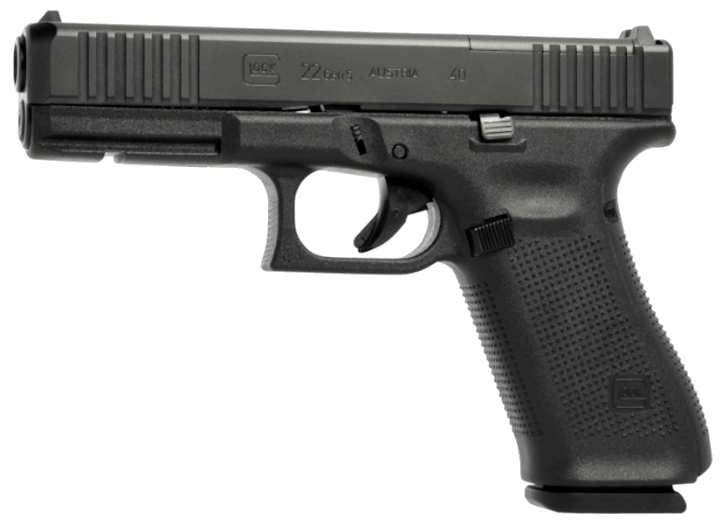
The Glock Era: Innovation in Policing
Glocks revolutionized police handguns with their polymer frames and safe action systems. The Glock 22, in particular, became a favorite due to its lightweight design and stopping power.
The Glock 22’s mass adoption was the start of a seismic shift for Glock,. Suddenly it had a police endorsement, and it used this to take over the North American market. The police loved the 40S&W ammo, and the reliability and precision of these polymer pistols. Now a lot of cops carry the Glock 17 or Glock 19 for detectives that like to conceal carry.
Caliber Wars: The Continuing Debate
The debate between 9mm, .40 S&W, and .45 ACP revolves around stopping power versus capacity and control. It’s a debate that probably won’t be settled in our lifetimes, and that’s fine. Most agencies have decided on the 9mm Glock 19 and 17 for everyday carry, but a few of them have doggdly hung on to 45 ACP 1911s. They include elite teams like the FBI’s Hostage Rescue Team that did carry Springfield Armory 1911s until very recently.
Fun Fact: The FBI’s ditched 9mm for the briefest time in the 90s and went to 10mm hand cannons. That firepower was just too much for the agents and they quietly migrated back to the old 9mm or 45 ACP handguns. 10mm was an expensive and ultimately failed experiment.
Personal Preference: Customization and Comfort
Officers perform best with weapons they’re comfortable with. Allowing personal sidearms can lead to improved marksmanship and confidence in the field. But time and again we see the Glock 17, G19, Smith & Wesson M&P and the Sig Sauer P320.
The SSig P320, is also the new military sidearm. and yet it is banned in some departments due to the early issues with accidental or negligent discharges. I mean, a cop shot himself…
Training: The Bedrock of Proficiency
Comprehensive training programs cover marksmanship, judgmental shooting, and tactical scenarios, ensuring officers are prepared for any situation. Most police officers have to pass separate tests before carrying an AR-15 on patrol, and they have to go through regular tests, drills and certifications.
Holsters and Safety: More Than Carrying Convenience
Holsters are carefully designed to balance quick access with security, using various retention levels to prevent weapon theft during physical confrontations.
The Safariland Group provides an array of holsters with retention levels suited for different operational needs, including the popular ALS (Automatic Locking System) design.

The Rise of Pistol Optics
Red dot sights aid in quick, accurate shooting and are becoming increasingly common. These advancements are changing the landscape of police marksmanship.
You know that a red dot sight on top of you pistol makes you a much better shot. Especially with a moving target. Expect to see red dots more and more on police duty pistols in the future. Because they seriously work.
Legislation’s Impact: Regulation and Restriction
Gun laws impact not only the civilian populace but also influence the weapons police officers can carry, particularly when off duty.
States like California have restrictions on magazine capacities that also apply to off-duty law enforcement officers, shaping the choice of backup weapons carried.
Community Relations: Perception of Police Armament
The type and visibility of handguns carried by police can influence public perception and community relations. It’s a balancing act between officer safety and public concern.
The debate over the militarization of police, including the types of handguns carried, became a national conversation after events in Ferguson, Missouri, in 2014. Now many forces carry non lethal shotguns with orange or green furniture that shows a commitment to use less lethal force whenever possible.
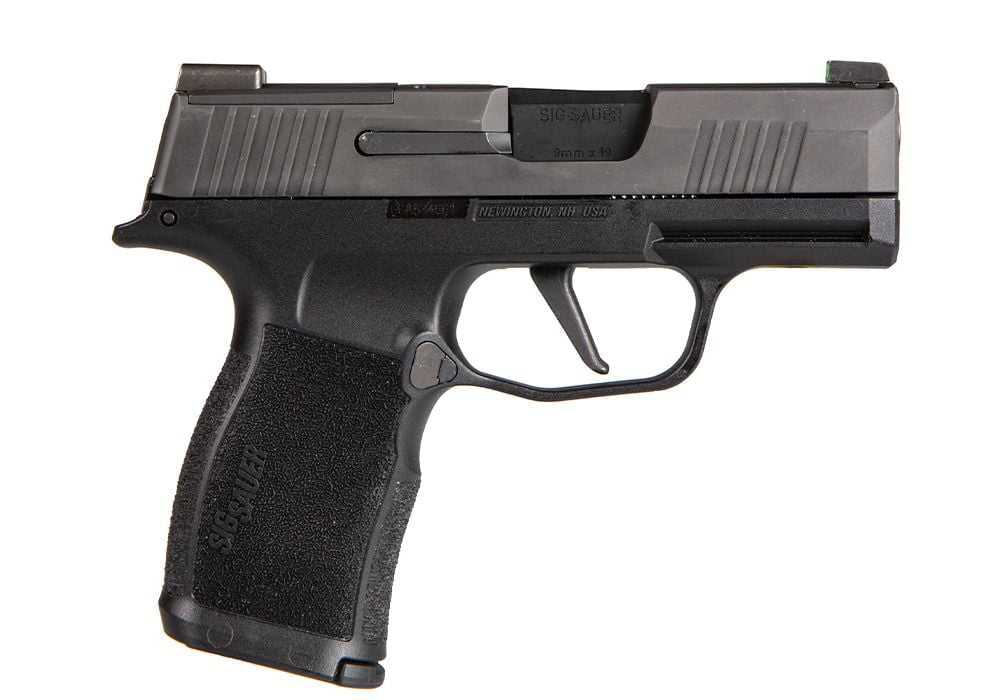
Backup Guns: The Silent Guardians
Backup guns provide a critical safety net for officers in situations where their primary weapon is inoperable or inaccessible.
The snub-nose revolver, such as the Smith & Wesson Bodyguard 38, remains a popular backup for its reliability and ease of concealment. A Sig Sauer P365 is also a solid option with more bullets than do more damage. That and the Glock 43x are the current bestsellers, although the S&W M&P Shield Plus is coming back into the fight these days.
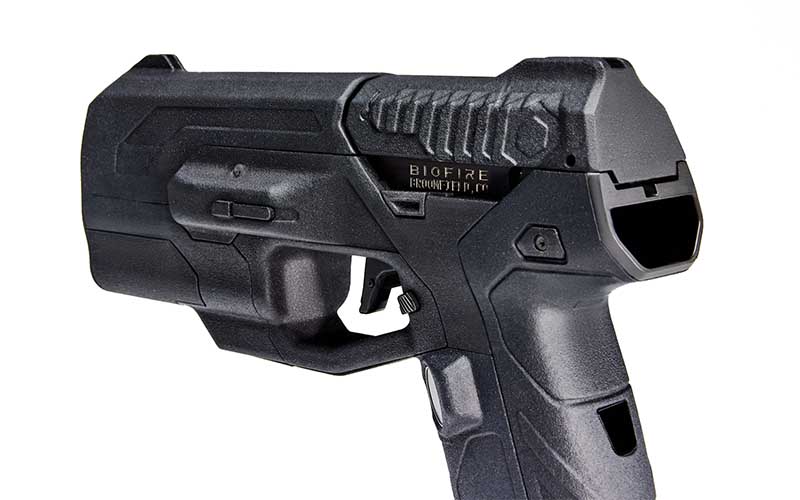
Smart Guns: The Next Frontier
The potential for smart guns in law enforcement includes weapons with integrated safety features like biometric locks or RFID readers to prevent unauthorized use.
While still in development, smart gun technology like that in the Biofire offers a glimpse into potential future law enforcement tools that could reduce accidental discharges and stolen police weapons.
Military Influence: Proven in Combat, Adopted on Patrol
The crossover of handguns from military to police use ensures that officers are equipped with weapons tested to the limit by the US military..
The adoption of the SIG Sauer M17, the military’s sidearm of choice, by civilian law enforcement agencies exemplifies this trend. Some have gone back to Glocks, though, after early teething troubles, accidental discharges, things like that.
Detectives’ Choices: Discretion and Dependability
Detectives need sidearms that offer a balance of concealability for undercover work, magazine capacity and reliability.
The Glock 19, with its compact size and high reliability, is favored by many detectives for its adaptability in a variety of roles.
Budget Constraints: Balancing Cost and Performance
Economic factors play a significant role in handgun selection, with departments often seeking trade-in deals or group purchases to equip their officers without breaking the bank.
Glock has a great trade-in and discount program for law enforcement agencies, the Glock Blue Label program, which allows for the cost-effective updating of service weapons.
Conclusion
The handgun is a cornerstone of police equipment—a tool for defense, a symbol of authority, and a subject of public debate. As American society evolves, so too will the sidearms of its officers, reflecting changes in technology, law, and the very fabric of the nation’s community relations.
